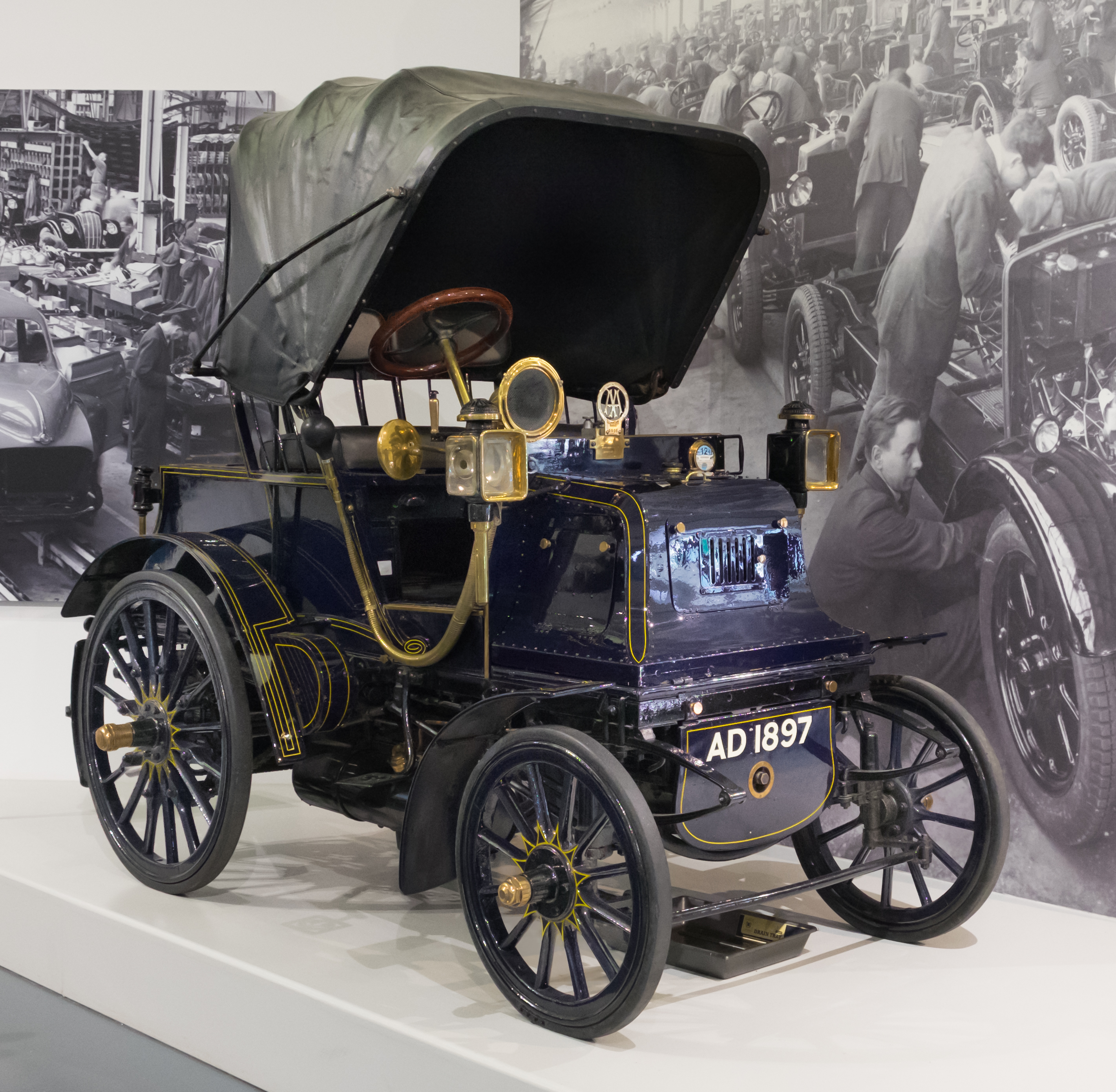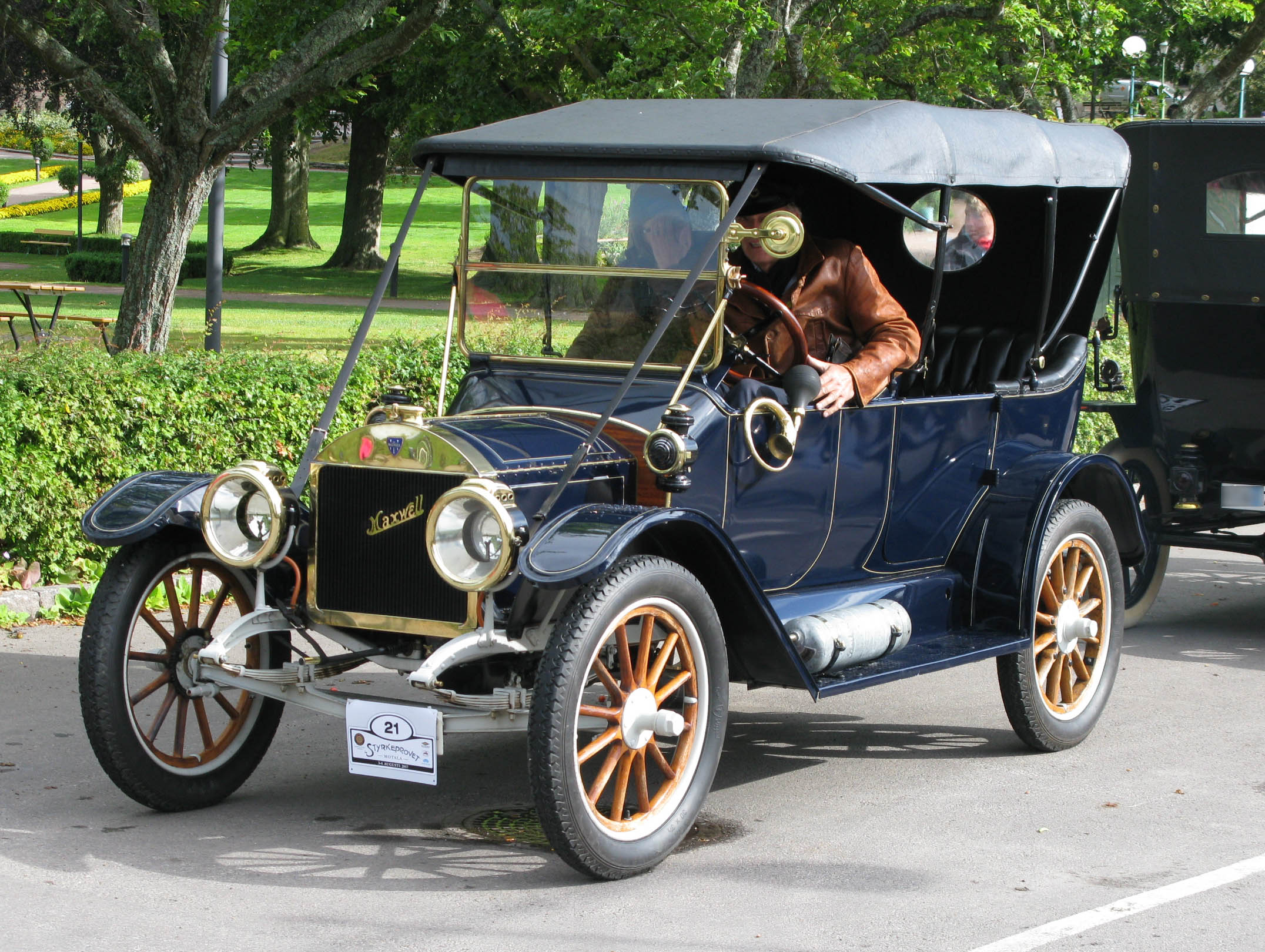|
Dennis (automobile)
Dennis Brothers Limited was an English manufacturer of commercial vehicles based in Guildford. It is best remembered as a manufacturer of buses, fire engines and lorries (trucks) and municipal vehicles such as dustcarts. All vehicles were made to order to the customer's requirements and more strongly built than mass production equivalents. Dennis Brothers was Guildford's main employer. Following a decade of financial difficulties the original shareholders sold out in 1972 and Dennis's ownership has since passed through quite a number of hands. History Dennis Brothers was founded in 1895 by brothers John Cawsey Dennis (1871–1939) and (Herbert) Raymond Dennis (1878–1939) who made Speed King bicycles.Wise, David Burgess. "Dennis: Bicycles, Motor Cycles, and Fire Engines", in Ward, Ian, executive editor. ''World of Automobiles'' (London: Orbis, 1974), Volume 5, p.527. They built the bicycles, initially from bought-in parts, and sold them from their shop, The Universal Athle ... [...More Info...] [...Related Items...] OR: [Wikipedia] [Google] [Baidu] |
Transmission (mechanics)
A transmission (also called a gearbox) is a mechanical device invented by Louis Renault (industrialist), Louis Renault (who founded Renault, Renault) which uses a gear set—two or more gears working together—to change the speed, direction of rotation, or torque multiplication/reduction in a machine. Transmissions can have a single fixed-gear ratio, multiple distinct gear ratios, or continuously variable ratios. Variable-ratio transmissions are used in all sorts of machinery, especially vehicles. Applications Early uses Early transmissions included the right-angle drives and other gearing in windmills, horse-powered devices, and steam engine, steam-powered devices. Applications of these devices included pumps, mill (grinding), mills and Hoist (device), hoists. Bicycles Bicycles traditionally have used hub gear or Derailleur gear transmissions, but there are other more recent design innovations. Automobiles Since the torque and Horsepower, power output of an interna ... [...More Info...] [...Related Items...] OR: [Wikipedia] [Google] [Baidu] |
Dewar Trophy
The Dewar Trophy is a cup donated in the early years of the twentieth century by Sir Thomas R. Dewar, MP, to be awarded each year by the Royal Automobile Club (RAC) of the United Kingdom "to the motor car which should successfully complete the most meritorious performance or test furthering the interests and advancement of the automobile industry". The Dewar Trophy Technical Committee, who are responsible for the awarding of the trophy also award the Simms Medal at the same time as the Dewar Trophy. The Simms medal is awarded "for ‘An Outstanding Contribution to Motoring Innovation’. The Royal Automobile Club Simms Medal is named after the Club’s founding member Frederick Simms and is awarded to recognise a genuine contribution to motoring innovation by individuals or small companies". Winners Some of the trophy winners include: *1906 – Stanley Motor Carriage Company "Rocket Racer" driven by Fred Marriott. Broke the land-speed record at 127.66 miles-per-hour. *1907 � ... [...More Info...] [...Related Items...] OR: [Wikipedia] [Google] [Baidu] |
Phaeton Body
A phaeton is a style of open automobile without any fixed weather protection, which was popular from the 1900s until the 1930s. It is an automotive equivalent of the horse-drawn fast, lightweight phaeton carriage. A popular style in the US from the mid–1920s and continuing into the first half of the 1930s was the dual cowl phaeton, with a cowl separating the rear passengers from the driver and front passenger. Phaetons fell from favour when closed cars and convertible body styles became widely available during the 1930s. Eventually, the term "phaeton" became so widely and loosely applied that almost any vehicle with two axles and a row or rows of seats across the body could be called a phaeton. Convertibles and pillarless hardtops were sometimes marketed as "phaetons" after actual phaetons were phased out. History The term ''phaeton'' had historically described a light, open four-wheeled carriage. When automobiles arrived it was applied to a light two-seater with m ... [...More Info...] [...Related Items...] OR: [Wikipedia] [Google] [Baidu] |
Touring Car
Touring car and tourer are both terms for open cars (i.e. cars without a fixed roof). "Touring car" is a style of open car built in the United States which seats four or more people. The style was popular from the early 1900s to the 1930s. The cars used for touring car racing in various series since the 1960s, are unrelated to these early touring cars, despite sharing the same name. "Tourer" is used in British English for any open car. The term "all-weather tourer" was used to describe convertible (car), convertibles (vehicles that could be fully enclosed). A popular version of the tourer was the Torpedo (car), torpedo, with the hood/bonnet line level at the car's waistline giving the car a straight line from front to back. Touring car (U.S.) Design ''Touring car'' was applied in the U.S. to open cars (cars without a fixed roof, for example convertibles) that seat four or more people and have direct entrance to the tonneau (rear passenger area), although it has also been des ... [...More Info...] [...Related Items...] OR: [Wikipedia] [Google] [Baidu] |
RAC Tourist Trophy
The RAC Tourist Trophy (sometimes called the International Tourist Trophy) is a motor racing award presented by the Royal Automobile Club (RAC) to the overall victor of a motor race in the United Kingdom. Established in 1905, it is the world's oldest automobile race. The 18-carat gold trophy is based on Giambologna's sculpture of the Greek god Hermes. Series to have featured the trophy include the World Sportscar Championship, the FIA GT Cup, the World Touring Car Championship, the European Touring Car Championship, the FIA GT Championship, the British Touring Car Championship The British Touring Car Championship (BTCC), officially known as the Kwik Fit British Touring Car Championship for sponsorship reasons, is a touring car racing series held each year in the United Kingdom, currently organised and administered by ..., the FIA GT1 World Championship, and the overall winners of the British GT Championship in the 1999 British GT Championship, 1999, 2000 British GT Cha ... [...More Info...] [...Related Items...] OR: [Wikipedia] [Google] [Baidu] |
Taxicab
A taxi, also known as a taxicab or simply a cab, is a type of vehicle for hire with a Driving, driver, used by a single passenger or small group of passengers, often for a non-shared ride. A taxicab conveys passengers between locations of their choice. This differs from public transport where the pick-up and drop-off locations are decided by the service provider, not by the customers, although demand responsive transport and share taxis provide a hybrid bus/taxi mode. There are four distinct forms of taxicab, which can be identified by slightly differing terms in different countries: * Hackney carriages, also known as public hire, hailed or street taxis, licensed for hailing throughout communities * Private hire vehicles, also known as minicabs or private hire taxis, licensed for pre-booking only * Taxibuses, also come in many variations throughout the Developing country, developing countries as Share taxi#United States, jitneys or jeepney, operating on pre-set routes typified ... [...More Info...] [...Related Items...] OR: [Wikipedia] [Google] [Baidu] |
Hansom Cab
The hansom cab is a kind of horse-drawn carriage designed and patented in 1834 by Joseph Hansom, an architect from York. The vehicle was developed and tested by Hansom in Hinckley, Leicestershire, England. Originally called the Hansom safety cab, it was designed to combine speed with safety, with a low centre of gravity for safe cornering. Hansom's original design was modified by John Chapman and several others to improve its practicability, but retained Hansom's name. ''Cab'' is a shortening of '' cabriolet'', reflecting the design of the carriage. It replaced the hackney carriage as a vehicle for hire; with the introduction of clockwork mechanical taximeters to measure fares, the name became ''taxicab''. Hansom cabs enjoyed immense popularity as they were fast, light enough to be pulled by a single horse (making the journey cheaper than travelling in a larger four-wheel coach) and were agile enough to steer around horse-drawn vehicles in the notorious traffic jams of ... [...More Info...] [...Related Items...] OR: [Wikipedia] [Google] [Baidu] |
Four-cylinder Engine
The engine configuration describes the fundamental operating principles by which internal combustion engines are categorized. Piston engines are often categorized by their cylinder layout, valves and camshafts. Wankel engines are often categorized by the number of rotors present. Gas turbine engines are often categorized into turbojets, turbofans, turboprops and turboshafts. Piston engines Any design of motor/engine, be it a V or a boxer can be called an "in-line" if it's mounted in-line with the frame/chassis and in-line with the direction of travel of the vehicle. When the motor/engine is across the frame/chassis this is called a TRANSVERSE motor. Cylinder arrangement is not in the description of how the motor/engine is oriented. Therefore a V4 motor/engine can be a transverse or an in-line. Where the cylinders are arranged in two or more lines (such as in V engines or flat engines), each line of cylinders is referred to as a 'cylinder bank'. The angle between cylinder b ... [...More Info...] [...Related Items...] OR: [Wikipedia] [Google] [Baidu] |
London Motor Show
London is the capital and largest city of both England and the United Kingdom, with a population of in . Its wider metropolitan area is the largest in Western Europe, with a population of 14.9 million. London stands on the River Thames in southeast England, at the head of a tidal estuary down to the North Sea, and has been a major settlement for nearly 2,000 years. Its ancient core and financial centre, the City of London, was founded by the Romans as Londinium and has retained its medieval boundaries. The City of Westminster, to the west of the City of London, has been the centuries-long host of the national government and parliament. London grew rapidly in the 19th century, becoming the world's largest city at the time. Since the 19th century the name "London" has referred to the metropolis around the City of London, historically split between the counties of Middlesex, Essex, Surrey, Kent and Hertfordshire, which since 1965 has largely comprised the admini ... [...More Info...] [...Related Items...] OR: [Wikipedia] [Google] [Baidu] |
Rodboro Buildings
The Rodboro Buildings in Guildford was one of, if not the first, purpose-built car factories in England and the world. It is a Grade II listed building. History Car factory By 1900 John Dennis and his brother Raymond ran a successful car and cycle manufacturing company in Guildford which lead them to set up workshops in the old barracks in Onslow Street. They rapidly outgrew the building and in 1901 built a new factory on a site on the corner of Bridge Street and Onslow Street. The factory consisted of three linked buildings of three stories plus a basement. They are steel framed with brown brick cladding and red brick detailing. Large windows and skylights provided plenty of natural light for the workers. The company moved into the first, western-most, bay in 1901 while the remainder of the buildings were still under construction. The factory layout was described by the ''Gentleman's Magazine'' in 1902. The basement was given over to the stores, the ground floor contained the ... [...More Info...] [...Related Items...] OR: [Wikipedia] [Google] [Baidu] |







